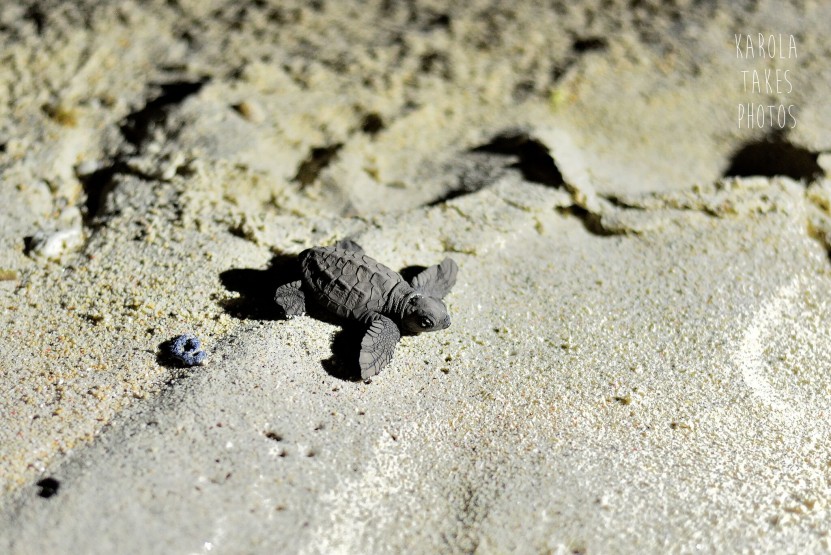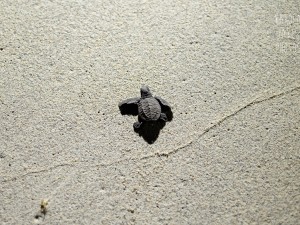Run turtle, run!!

Watching turtles hatching must be one of the most incredible experience in a life time. Not often you can be so close to nature. What is even better is seeing when it all began.
Around the Gili Islands in Indonesia, we are very lucky with a massive turtle population. So big, One would think that those creatures can not be under such a great threat. But they are. Two types of turtles you can see in our waters, Hawksbills are critically endangered and Green Turtles are on endangered list, according to IUCN Red List of Threatened Species. Therefore seeing bunch of them crawling to the ocean is a magical experience. Being part of they journey is even better.
In 2017 the Indonesian government came up with the decision, to knocked down all the buildings or any solid structures that were build on the beach. Due to reduced light and noise pollution, Gili Trawangan residents started to see more and more turtles coming to our beaches to lay their eggs. Once the turtle is spotted, Gili Eco Trust and the local diving community comes into action, to protect the eggs.
First step is to put a little metal igloo-looking structure around the nest. Second step is to provide the information and warnings to anyone who would dare to destroy it.
After that, all we can do is wait… More or less 45 to 90 days depending on a weather conditions such as temperature, humidity and the type of turtle of course.
And then the DAY comes, or rather mostly night (but not always). Turtles normally hatch late during the nights, that way they increase chance of sneaking past the predators.
My night came when we were collecting rubbish from the beach on the other side of the island for a AWARE women’s project (more on that project in a future blog).
We got a phone call that the turtles are starting to hatch, so we jump on our bikes and cycled as fast as we could.
Once we got to Trawangan Dive Centre beach there was already a lot of commotion around the nest.
With a help of a Gili Eco Trust and other bystanders we separated the area from the crowd and made a nice long “catwalk” straight into the sea for our little friends.
It can take 3 to 7 days for the turtle to dig they way to the surface from it’s nest. Shortly after that the journey begins.
Turtles on Gili Trawangan are quite lucky, they have plenty of time to finish they journey without risking their life due to the lack of predators on the way. The only problem is confusion caused by still present light pollution. If the moon is not present on the skyline the artificial light source become a stronger attraction and that often result in changing direction from “Into the sea” to “ lest end up in one of the restaurants on the beach.”
My role that night was therefore to lighten the path from the nest to the ocean and I did that using my… phone torch. Trying to catch those little dudes attention was not easy but very fun. So I did, without touching or moving them around I lead the newborn bunch to the sea.
After hatching, the turtles undertake super long, epic migration in the open ocean. One day, then they will return using inner magnetic compass to come back to the same spot to mate and lay their own eggs.
Being a moon for a turtle was a great honour I did the best I could and hopefully I’ll see those little guys coming back to the same beach in the years time. Probably I will be much older and very wrinkly at that point.
Amazing pictures from that event by
@karolatakesphotos and @karolatakespgotosdaily




